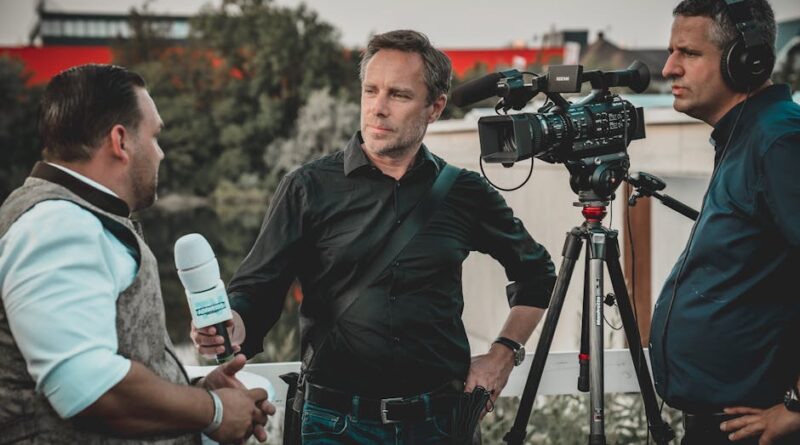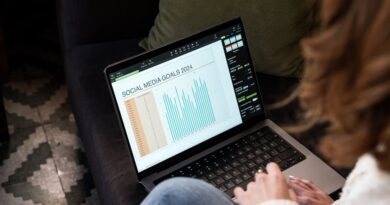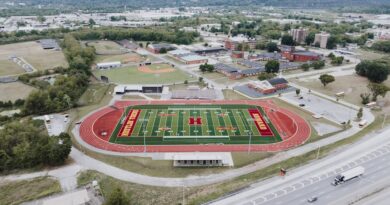Breaking News Coverage: The Art of Reporting in Real-Time
When a major event unfolds, whether it’s a natural disaster, a political scandal, or a global pandemic, the world turns its attention to breaking news coverage. This form of journalism plays a crucial role in keeping the public informed, holding those in power accountable, and shaping the collective narrative of our society. But what exactly goes into breaking news coverage? How do journalists gather information, verify facts, and report on rapidly developing stories? In this comprehensive guide, we will delve into the world of breaking news coverage, exploring its history, methods, challenges, and impact on our modern world.
The Evolution of Breaking News Coverage
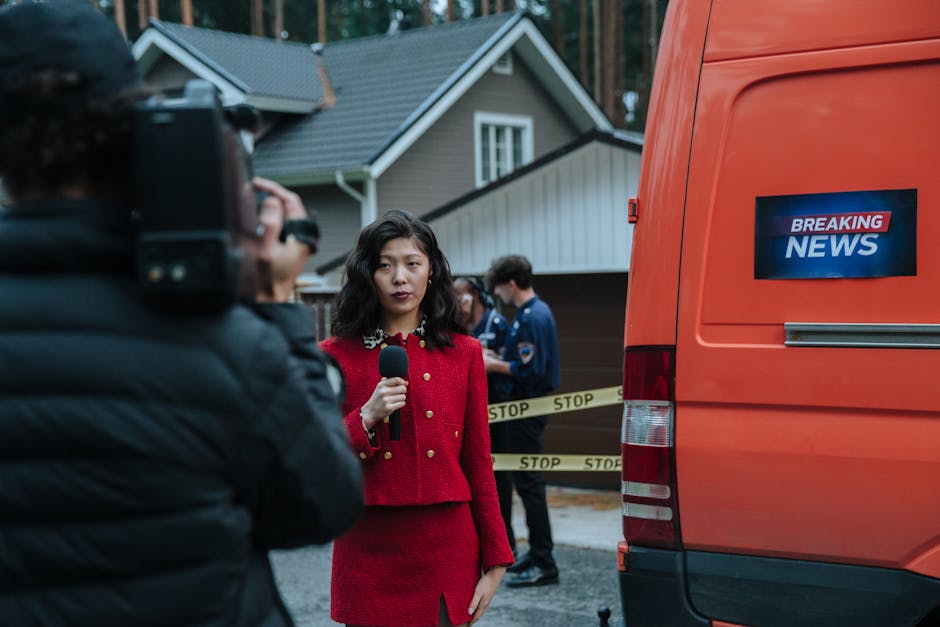
Breaking news coverage has a long and storied history, dating back to the early days of print media and radio. In the past, newspapers would often publish special editions or “extras” to report on breaking stories, while radio broadcasters would interrupt regular programming to deliver urgent updates. However, with the advent of television and the internet, the way we consume breaking news has undergone a dramatic transformation.
In today’s digital age, breaking news coverage happens in real-time, with 24-hour news networks, social media platforms, and online news websites providing instantaneous updates on unfolding events. This shift has democratized the news cycle, allowing anyone with a smartphone and an internet connection to become a citizen journalist and report on breaking stories from their own perspective.
The Role of Journalists in Breaking News Coverage

At the heart of breaking news coverage are journalists, who are tasked with gathering information, verifying facts, and disseminating updates to the public. In the midst of a crisis or emergency, journalists must act quickly and decisively to report on the situation accurately and ethically. This often involves interviewing eyewitnesses, contacting official sources, and cross-referencing multiple sources to ensure the information they are reporting is reliable.
One of the biggest challenges facing journalists in breaking news coverage is the need to balance speed with accuracy. In the rush to be the first to report on a story, journalists may inadvertently spread misinformation or false rumors, leading to confusion and mistrust among their audience. To combat this, many news organizations have implemented strict fact-checking protocols and editorial guidelines to ensure that their reporting is as precise and trustworthy as possible.
The Impact of Social Media on Breaking News Coverage
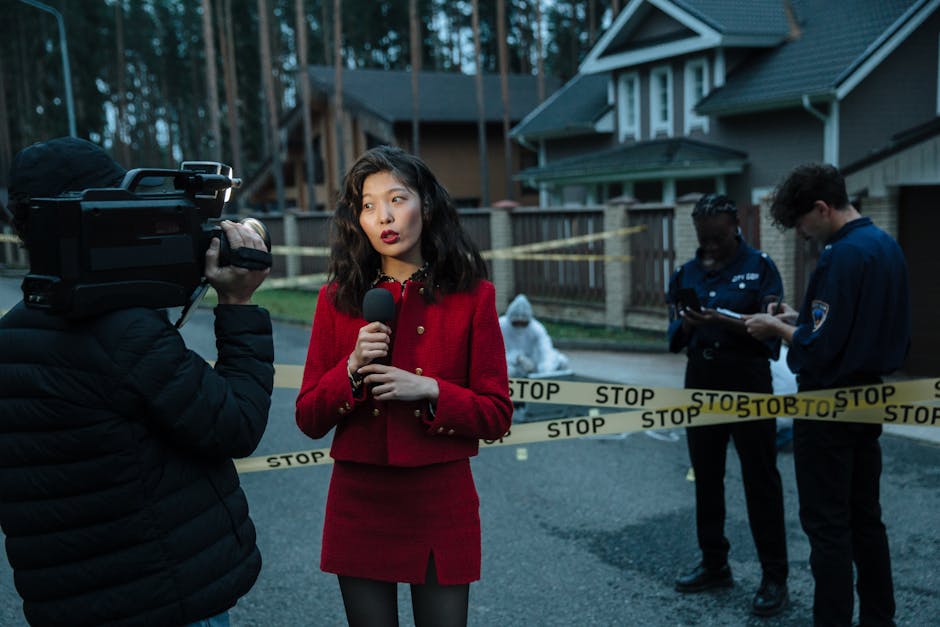
In recent years, social media has played an increasingly prominent role in breaking news coverage, with platforms like Twitter, Facebook, and Instagram becoming go-to sources for real-time updates on unfolding events. During crises such as natural disasters, terrorist attacks, or political upheavals, social media users often turn to these platforms to share news, images, and videos from the scene, providing a unique and often unfiltered perspective on the situation.
While social media can be a valuable tool for breaking news coverage, it also presents its own set of challenges. The viral nature of social media means that false information can spread rapidly, leading to the phenomenon of “fake news” and misinformation. Additionally, the echo chamber effect of social media algorithms can create filter bubbles, where users are only exposed to information that aligns with their existing beliefs, leading to polarization and divisiveness in the public discourse.
The Ethical Dilemmas of Breaking News Coverage
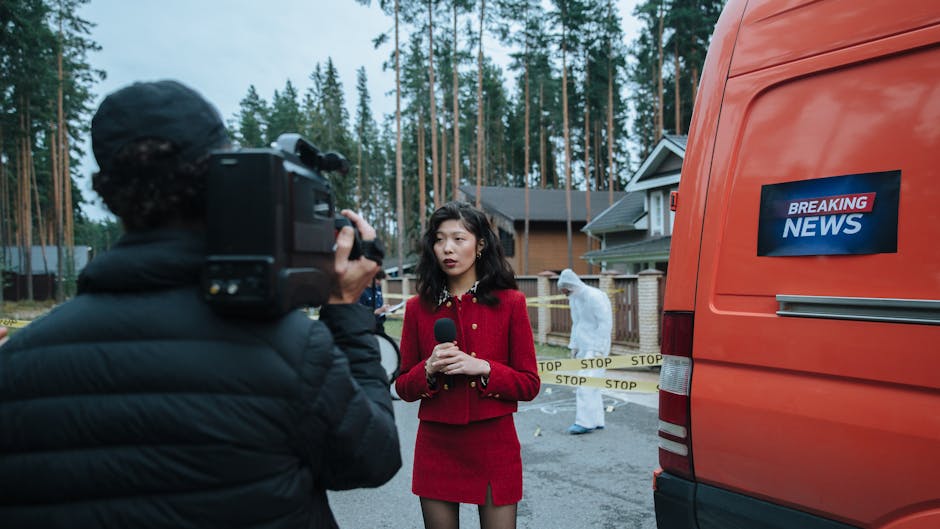
One of the most pressing issues in breaking news coverage is the ethical dilemmas that journalists often face when reporting on sensitive or traumatic events. In the aftermath of a disaster or tragedy, journalists must strike a delicate balance between informing the public and respecting the privacy and dignity of the individuals involved. This can be particularly challenging in the age of social media, where graphic images and videos can be shared widely before they have been verified or contextualized.
Another ethical consideration in breaking news coverage is the potential for bias or sensationalism in reporting. In the rush to attract viewers or readers, journalists may be tempted to prioritize sensational or emotionally charged stories over more nuanced or complex issues. This can lead to a distortion of the facts and a misrepresentation of the true impact of a breaking news event.
The Future of Breaking News Coverage
As technology continues to advance and the media landscape evolves, the future of breaking news coverage is likely to be shaped by a number of key trends. From the rise of artificial intelligence and automated reporting to the growing influence of citizen journalism and social media, the way we consume and interact with breaking news is constantly changing.
One promising development in the field of breaking news coverage is the use of data journalism and interactive storytelling techniques to engage audiences and provide deeper insights into complex issues. By using data visualization, interactive maps, and multimedia elements, journalists can create more immersive and engaging news experiences that help audiences better understand the context and implications of breaking news events.
Common Misconceptions About Breaking News Coverage
One common misconception about breaking news coverage is that it is always accurate and reliable. In reality, the fast-paced nature of breaking news can often lead to errors, inaccuracies, and misinterpretations. It is important for consumers of news to be critical of the information they receive and to seek out multiple sources to verify the facts before forming an opinion.
Another misconception is that breaking news coverage is purely objective and unbiased. While journalists strive to be impartial and fair in their reporting, every news story is shaped by the perspective and values of the individuals involved. It is important for journalists to be transparent about their biases and to strive for balance and diversity in their coverage of breaking news events.
Conclusion
To wrap things up, breaking news coverage is a vital and dynamic form of journalism that plays a crucial role in keeping the public informed, holding those in power accountable, and shaping the narrative of our society. By understanding the history, methods, challenges, and ethical considerations of breaking news coverage, we can become more discerning consumers of news and better equipped to navigate the rapidly changing media landscape.
As we look to the future of breaking news coverage, it is clear that technology will continue to drive innovation and change in the way we consume and interact with news. By staying informed, critical, and engaged, we can help ensure that breaking news coverage remains a cornerstone of our democracy and a beacon of truth in an increasingly complex world.

